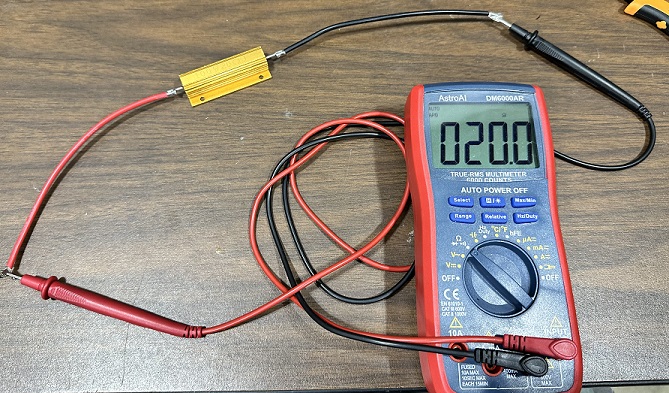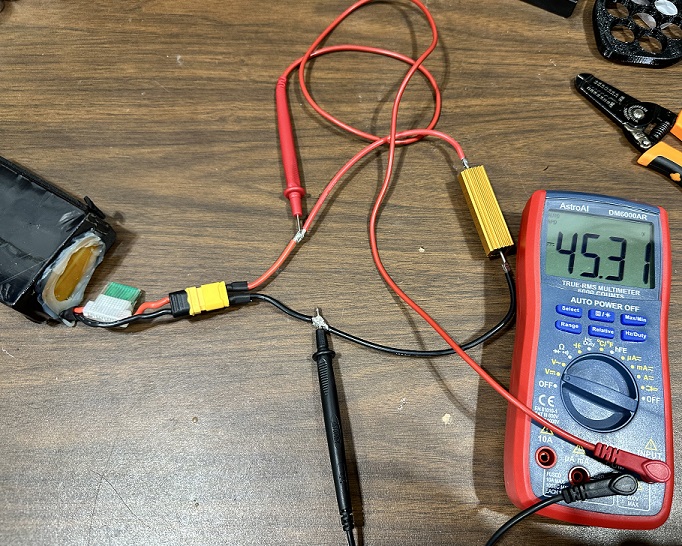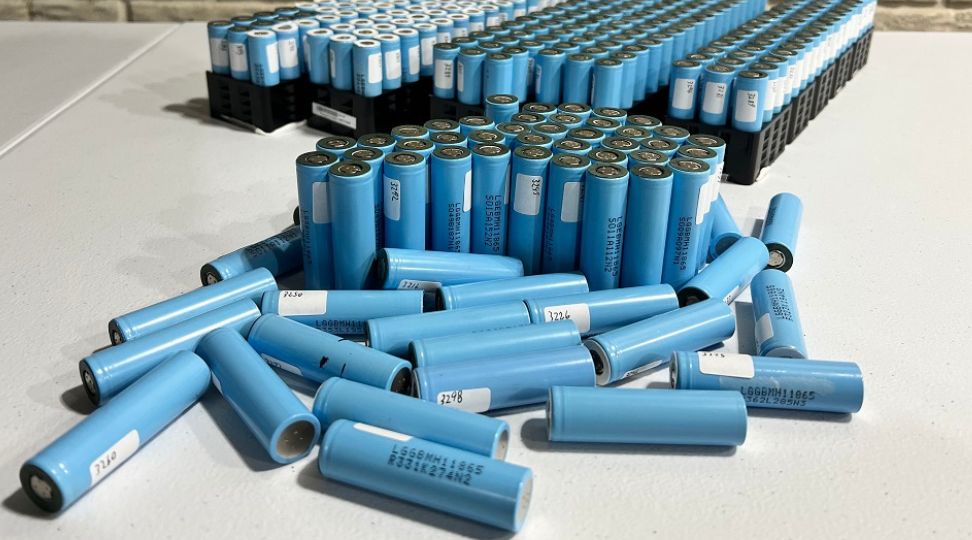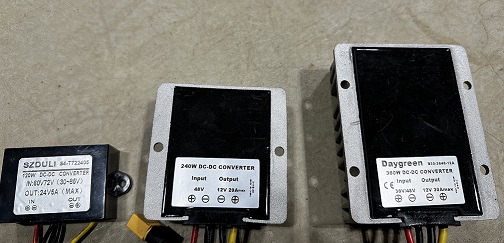
How Do You Check Of A Battery Pack With A Multimeter?
Table of Contents
To measure DC internal resistance with a multimeter, you first measure the unloaded voltage of the battery (v1), then the voltage under load (v2), and finally the resistance of the load (r1), which allows you to calculate the internal resistance using ISR = (V1 - V2)/(V2/R1).
Internal resistance refers to a battery's inherent resistance to the flow of electric current. No system is 100% efficient, and this applies to batteries as well. Inside each battery, chemical reactions take place to produce electrical energy, and this process doesn’t happen perfectly. This inefficiency results in a certain level of internal resistance and a certain amount of heat generation at a given current level.
Factors Influencing Internal Resistance
The efficiency of a battery and its ability to transfer current is a result of its internal resistance. A battery has to carry out complex chemical reactions to be able to transfer electrical current. The speed at which these chemical reactions happen, the shape of the internal structure of the battery, and several other factors all culminate and manifest themselves as IR or internal resistance.
A battery that is old or has been abused will likely have higher DC internal resistance. In such cases, the chemistry inside the battery becomes less effective at transferring current and slower to react to sudden changes. This results in an increased amount of heat per amp of current delivered thereby increasing the rate of degradation over time.
Measuring DC Internal Resistance With A Multimeter
DC internal resistance testing is different than the AC IR reading, most cell datasheet tests are run using the AC method. Measuring a battery's DC internal resistance with a multimeter is simple.
All you have to do is take three measurements Here are the steps involved:
- Measure the Unloaded Voltage: Measure the voltage of the battery when it is not connected to any load. Note this voltage as V1.

- Measure the Load's Resistance: Switch the multimeter to resistance and measure the resistance of the load that you are going to use to test the battery. Note this value as R1.

- Measure the Loaded Voltage: Finally, switch the multimeter back to voltage and connect the load resistor to the battery. Quickly measure the voltage of the battery once it settles. Note this value as V2.

These three values are all you need to be able to calculate the internal resistance of a batter using this formula:
IR = (V1 - V2)/(V2/R1)
So, for example, let's take a battery cell that is charged to 3.7 volts and place a 1 Ohm load resistor across it and see how its voltage lowers.
IR = (3.7V - 3.6V) / (3.6V / 1 Ohm)
If the unloaded voltage is 3.7, and the voltage drops to 3.6 when a 1-ohm load is attached, then that means there is .1 volts of drop for a 1-ohm load. The amount of current being transferred can be found by dividing the loaded voltage (V2) by the load current (1 Ohm) which will result in 3.6 amps of current.
0.1V / 3.6A = 0.0278 Ohm (27.8mOhm)
Why Internal Resistance Matters
Knowing how to calculate the internal resistance of a battery can provide critical insights. This figure, when combined with other calculations, can provide a highly accurate estimate of the following parameters:
- Voltage Drop: How much the voltage is going to drop when the battery is used.
- Heat Generation: The amount of heat the battery will generate under operation.
- Power Loss: The total power loss that the battery will experience.
- Efficiency: The efficiency of the battery at various currents.
These pieces of information are critical when deciding the appropriate battery for a specific application or determining if a battery without specifications can handle a particular load.
When To Use A Dedicated IR Tester
If you only have to test internal resistance every so often, then it's perfectly fine to use the multimeter method described in this article. If, however, you regularly have a large supply of cells or battery packs to measure, then you may want to consider buying one of those dedicated IR testers.
[[ aff type=aff ~ link=https://amzn.to/3JAaOT5 ~ title=`YR1035+ 4 Line IR Tester ` ~ image=https://admin.cellsaviors.com/storage/yr1035 ir tester.jpg ~ description=`` ~ height=small ~ buttonText=`Check Price` ]]
A dedicated IR tester is much faster because you only have to take one measurement. In addition, the IR reading from a standard 18650/21700 tester and charge is not accurate. So we advise going to go the dedicated IR tester route, just make sure to get more of a middle or high-priced one, rather than the cheapest possible model.


